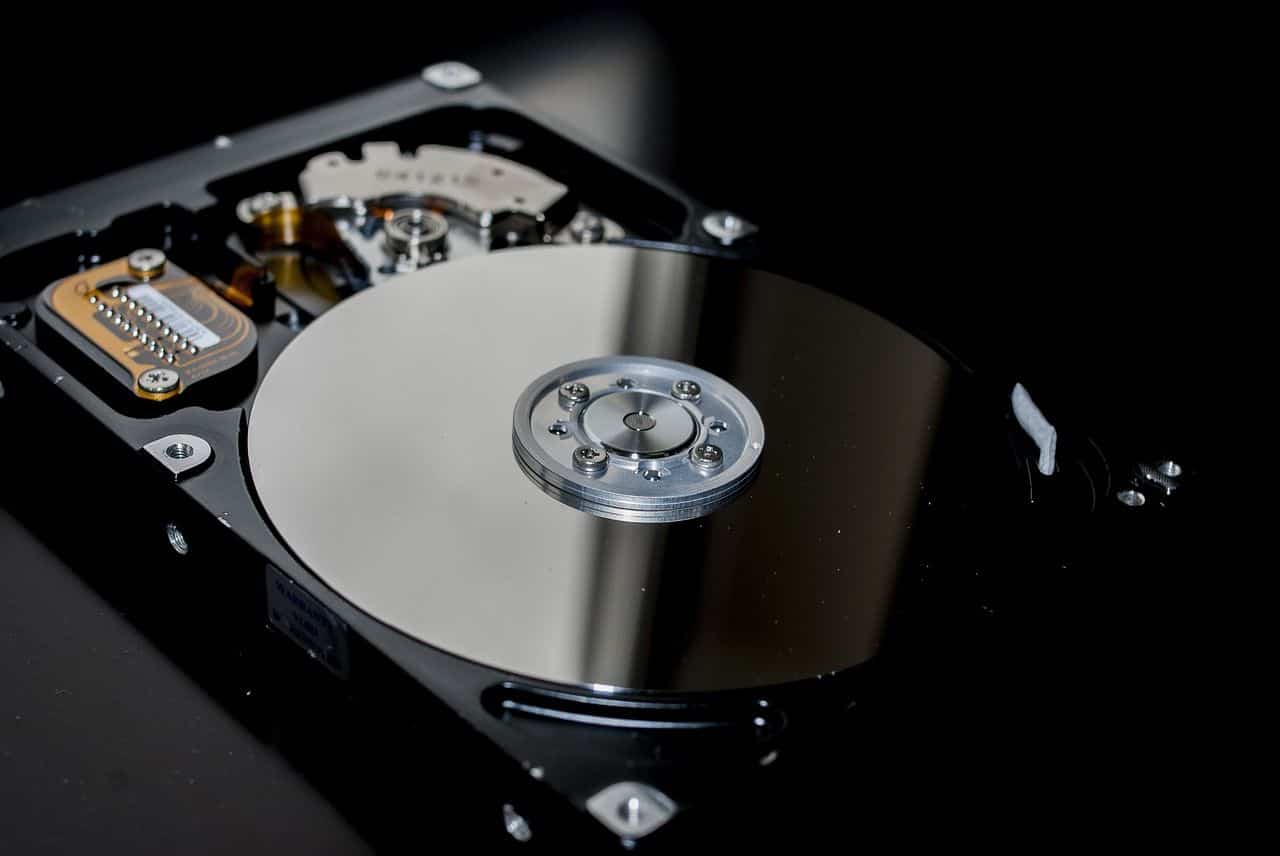The hard drive market is facing a growing problem due to complaints from consumers who are buying used hard drives sold as new. This issue, detected in Germany, exposes deceptive practices by some retailers and underscores the need for caution when purchasing hardware online.
The case of used hard drives
Florian E., a German user, purchased two Seagate Exos model ST14000NM005G 14 TB hard drives in early January. Although he noticed slight scratches on the chassis upon unboxing, he initially didn’t think much of it, as the SMART values, which monitor the health of the drive, showed no anomalies. However, days later, after conducting a more in-depth analysis using smartmontools with advanced options, he discovered that the units had already accumulated 10,000 and 15,000 hours of use, respectively.
After returning these drives and acquiring new 16 TB models (ST16000NM001G) from another retailer, Florian encountered the same problem: these units also showed signs of prior use, with 22,000 hours of recorded operation.
OEM drives and limited warranties
Another troubling aspect of this case was that, according to Seagate’s warranty validation tool, the drives were OEM units (made for distributors or system integrators). These units do not include Seagate’s standard five-year warranty, but only the legal warranty from the retailers. However, the drives had been marketed as new, without mentioning that they were OEM type.
According to Seagate, while SMART values can be reset, Field Accessible Reliability Metrics (FARM), data accessible through advanced tools, usually reflect the true hours of use of the units. This confirms that the drives sold as new already had a significant history of operation.
Investigation and actions taken
One of the retailers involved confirmed that, after a “mandatory quality review,” they identified that their drives were not new but refurbished. As a result, they canceled several orders and refunded customers. However, this case highlights failures in quality control processes and a lack of transparency in hardware sales.
Seagate has reached out to at least one of the affected retailers to investigate how these units ended up on the market as new and to prevent similar incidents in the future.
Recommendations for buyers
To avoid purchasing unwanted used or OEM units, experts recommend:
- Buy from authorized dealers: While prices may be higher, this reduces the risk of receiving defective or used units.
- Check the warranty: Use online tools provided by manufacturers, such as those from Seagate, Toshiba, or Western Digital, to check the warranty status of drives before buying them.
- Inspect SMART and FARM values: Use software like smartmontools to assess the health of the drive and detect discrepancies in hours of use.
How to perform warranty checks
Manufacturers offer online tools to verify the warranty and origin of drives:
Additionally, tools like smartmontools (available for Linux and Windows) allow for the evaluation of drive status using commands such as smartctl -l farm /dev/sd[X].
Conclusion
The case of hard drives sold as new but with accumulated hours of use highlights the importance of being an informed consumer and relying only on trustworthy suppliers. The lack of effective controls and the sale of refurbished units without proper transparency raises concerns among users. This incident also underscores the need for stricter regulations and greater efforts by manufacturers and retailers to protect consumers.
via: Heise

